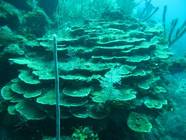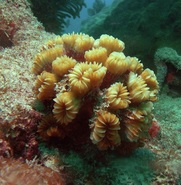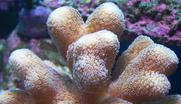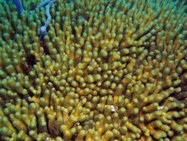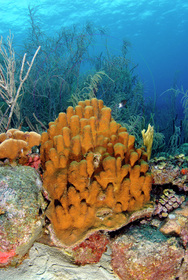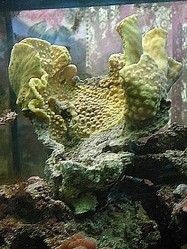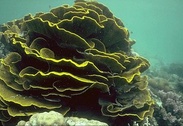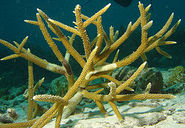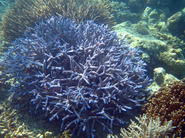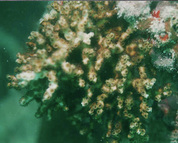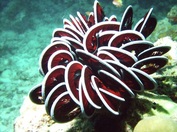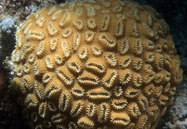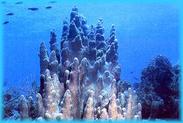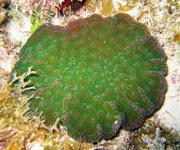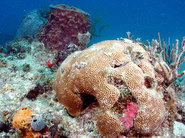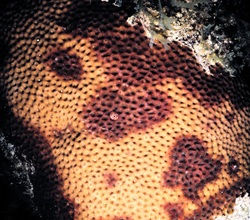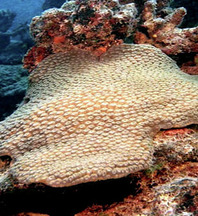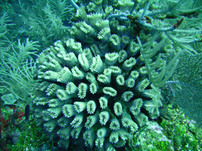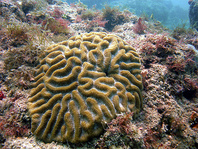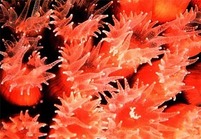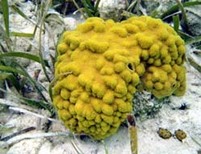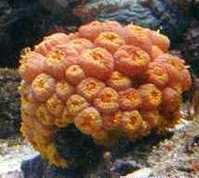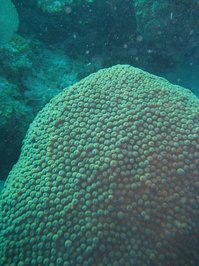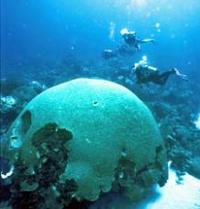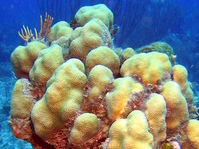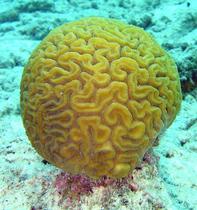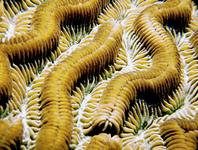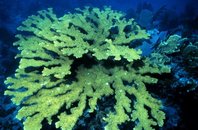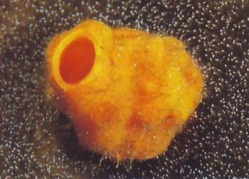CORAL & SPONGES IDENTIFICATION GUIDE
The following guide should help you identify the various marine life, that you may see while on your diving adventure tour. All of these animals are indigenous to the waters of Belize.
While it would be impractical to list all of the species you are most likely to see these, while diving in Belize. This section will identify some of the more common forms of marine life that you may encounter.
While it would be impractical to list all of the species you are most likely to see these, while diving in Belize. This section will identify some of the more common forms of marine life that you may encounter.
CORAL
The coral reef is an association of ancient life forms that has been in existence for thousands of years. Its structure is dependent on individual coral polyps that range in size from a pinhead to one foot across. The slitlike mouth opening of each polyp is surrounded by tentacles that may sting and trap food. Limestone that builds reefs is produced by cells on the lower sides and bottom of the polyps. Living within reef corals are minute plant cells called zooxanthellae. These organisms are the primary source of color in reef coral, which varies locally. Each species has its own growth pattern.

